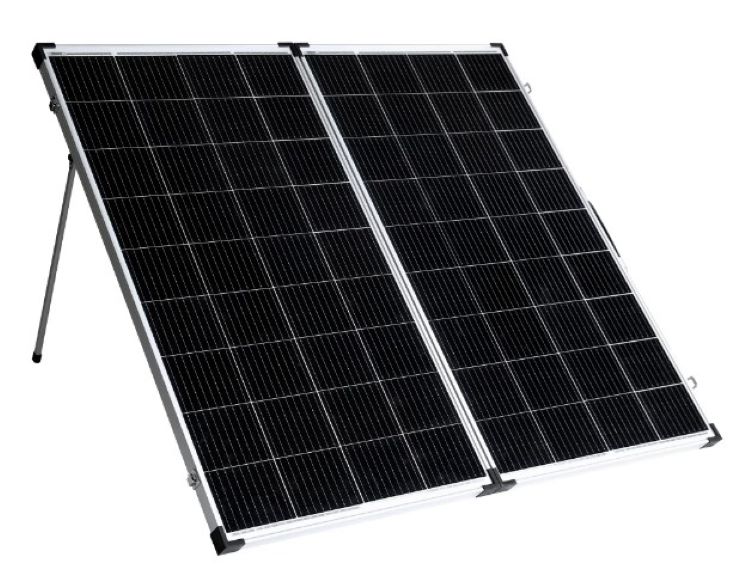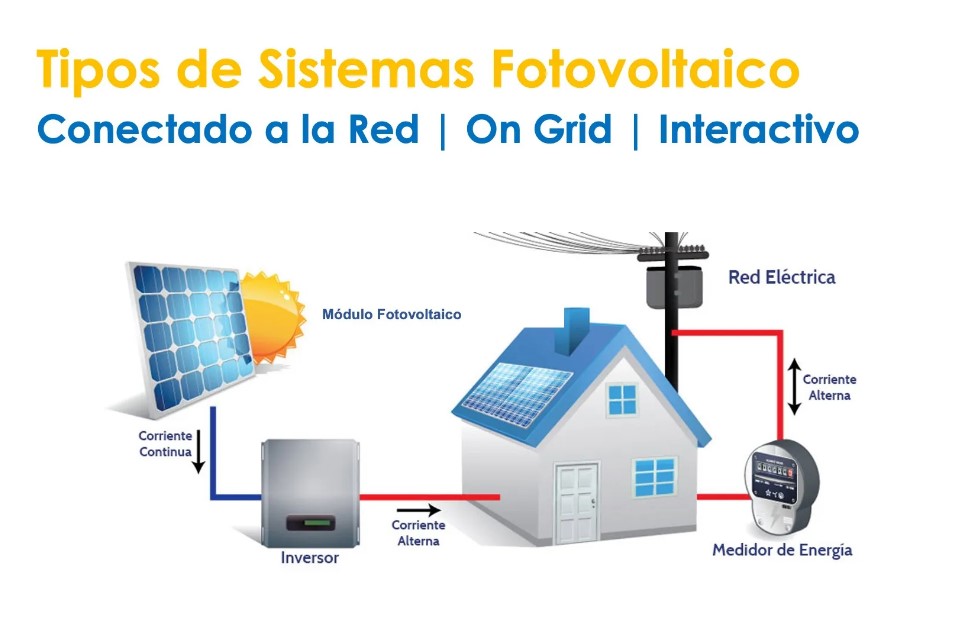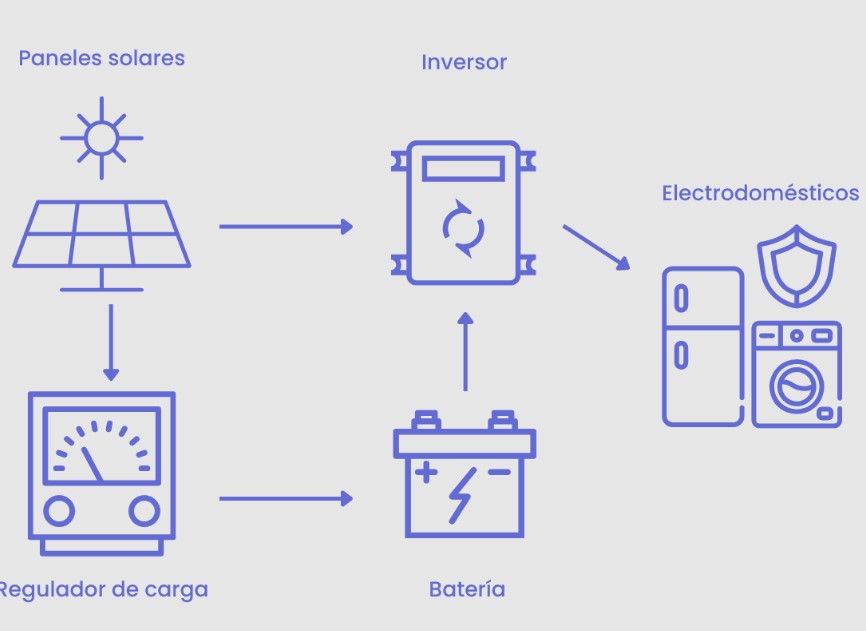Solar Energy
Solar panels and photovoltaic systems: frequently questions. Part 1
The systems of solar energy are considered the electricity generators of the future in the present. Since solar panels and photovoltaic systems provide clean, reliable, inexhaustible, and ecological electricity.
Despite their popularity, there are many doubts about this technology. To keep you better informed, below, we provide quick answers to some frequently asked questions about this technology. Let’s get started!
1.- What are the household appliances recommended for use with photovoltaic or solar panels and photovoltaic systems?

In general, as long as the system has the appropriate inverter, you can connect any household appliance. To clarify this for you, we suggest reading our post Inverter Selection by Technology and Connected Loads.
Now, from the perspective of achieving higher energy efficiency, it is preferable that the appliances to be powered belong to category A, A+, or A++.
If you have older appliances, it is not necessary to replace them, but it is important to learn how to use them efficiently. This is especially relevant in terms of usage time. Doing so will help you avoid relying on batteries, the electrical grid, or a generator more frequently.
2.- What are solar panels?

Also called «solar panels,» they are devices that capture solar energy and convert it into DC electricity or heat. In this sense, the ones that generate electricity are called «photovoltaic solar panels,» and those that produce heat are called «thermal solar panels.»
If you want to delve deeper into each type, we invite you to read the post Thermal solar panel: what it is, how it works, and its applications. Similarly, you can explore its counterpart, The photovoltaic solar panel and how it works.
It is worth noting that the most well-known and widely used ones are the photovoltaic panels.
3.- What are the types of photovoltaic systems?

These are:
Grid-connected photovoltaic system or On-Grid
This configuration uses the electrical grid as a source of alternate electricity when solar panels do not generate electricity.
Such as during nighttime and days with very low solar incidence. It does not use batteries, making it a very low-cost system, although it is also the least reliable.
It is mainly used in urban, commercial, and industrial areas with very high daytime consumption. Its primary purpose is to reduce electrical consumption by utilizing it mainly during the night.
Isolated photovoltaic system or Off-Grid
Here, the system is not connected to the grid and relies entirely on solar energy during the day. At the same time, its configuration allows it to store energy in batteries, constantly recharging them.
The DC energy stored in the batteries is converted into AC energy by the inverter. This way, electricity is available during nights and days with low solar radiation.
Hybrid photovoltaic system
It consists of the most complete and reliable system but is the most expensive due to the equipment used. It has batteries and is interconnected with the electrical grid or a generator.
During the period of solar incidence, the inverter delivers the necessary energy. If there is surplus, it is used to recharge batteries or injects it into the electrical grid if you have such an arrangement.
If the solar energy produced by the system is insufficient, the inverter draws the shortfall from the alternative energy source to which it is connected. During the night, the inverter contributes AC energy by transforming the DC energy stored in the batteries.
We invite you to read the continuation of this post titled Solar panels and photovoltaic systems: frequently asked questions. Part 2. It’s as great as this one!
For more information on the topics covered in the questions, we invite you to read the content on the energydcac blog. And if you have any concerns, feel free to contact us as we will be happy to assist you. Similarly, we invite you to subscribe with us.

